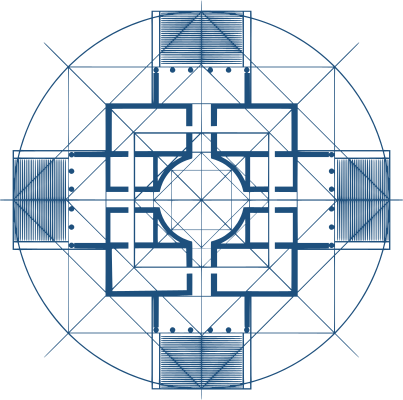Abstract
This paper aims to identify Distance Learning adaptation profiles of a sample of Italian secondary school students, placing attention on the factors connected with a decline in school performance, digital inequalities, cognitiveemotional distress, forms of exclusion. DL increases the risk of distraction/ interruption and affects academic performance; it has a negative impact on interactions between peers and with teachers by and large, causing a considerable number of interviewees to feel “deprived of quality relationships”. The profiles that emerged highlight the existence of forms of inequality that are known to predate the pandemic. The problem of access to the Internet/technology and the issue of inadequate domestic space exacerbate every other criticality identified. The data, however, allow for observations that go beyond an interpretation built exclusively around the digital divide. DL, even when delivered at optimal levels in terms of connectivity and educators’ digital competence, has jeopardized the regular execution of social processuality, a veritable belt drive of curricular knowledge. In the wake of technological advancement, accelerated by the pandemic, therefore lies the hope for wider experimentation with digital classrooms using VR technology, hinged on multidisciplinary dialogue and aimed at translating the digital from a form of technological virtuosity, to a credible and ethically grounded response.
Download
Fasanella A., Faggiano M. P. (2022) "Italian Secondary School Students and the Distance Learning Experience: From Current Critical Issues to Future Opportunities, Reflecting on VR
", Italian Journal of Sociology of Education, 14(3), 17-44. DOI: 10.14658/PUPJ-IJSE-2022-3-2
Year of Publication
2022
Journal
Italian Journal of Sociology of Education
Volume
14
Issue Number
3
Start Page
17
Last Page
44
Date Published
10/2022
ISSN Number
2035-4983
Serial Article Number
2
DOI
10.14658/PUPJ-IJSE-2022-3-2
Section
Special Section

 © 2026 Padova University Press - Università degli Studi di Padova
© 2026 Padova University Press - Università degli Studi di Padova